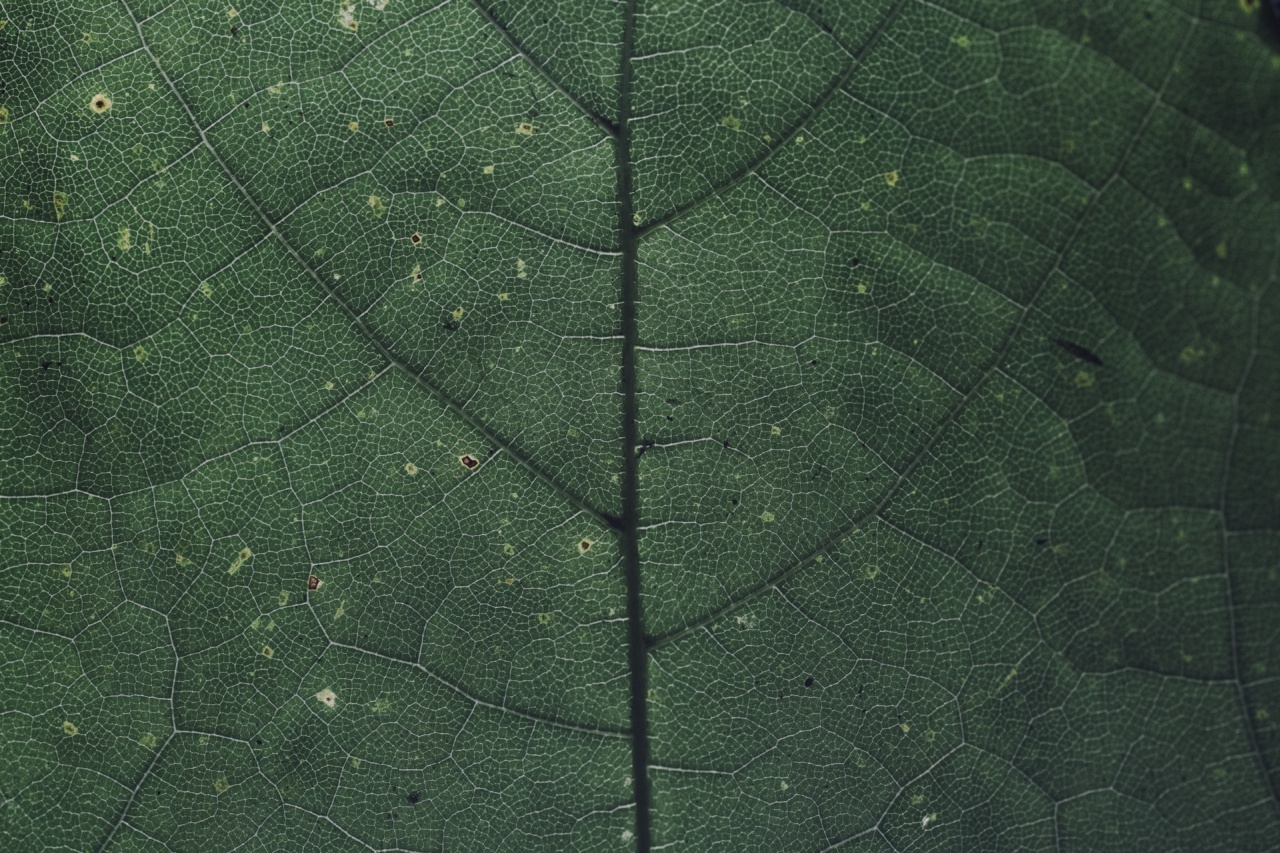Varicose veins are a common condition that affects many individuals, particularly women. These veins are swollen and twisted, often causing discomfort, pain, and even a burning sensation.
Fortunately, there are several approaches to treating varicose veins, ranging from traditional methods to revolutionary approaches. In this article, we’ll explore some of the most innovative treatments for varicose veins.
1. Endovenous Laser Ablation
Endovenous laser ablation is a minimally invasive procedure that uses laser energy to seal the affected vein shut. The procedure involves a small incision, after which a tiny tube is inserted into the vein.
A laser fiber is then threaded through the tube and positioned at the site of the damaged vein. The laser is then turned on, which heats the vein and causes it to close off. The body then naturally reroutes blood flow to healthier veins.
2. Radiofrequency Occlusion
Radiofrequency occlusion is another minimally invasive procedure that uses heat to seal off the affected vein. This treatment involves the insertion of a tiny catheter into the vein, after which radiofrequency energy is applied to the vein wall.
The heat generated by the radiofrequency energy causes the vein to collapse and seal shut, rerouting blood flow to healthier veins.
3. VenaSeal
VenaSeal is a revolutionary approach to treating varicose veins that involves injecting a medical-grade adhesive into the affected vein. This adhesive seals the vein shut, rerouting blood flow to healthier veins.
This procedure is minimally invasive and typically requires no anesthesia. It is a quick and effective treatment option that can be completed in as little as 10 minutes.
4. Ambulatory Phlebectomy
Ambulatory phlebectomy is a minimally invasive surgical procedure that involves removing smaller varicose veins through tiny incisions in the skin. This procedure is typically performed under local anesthesia and requires no hospitalization.
The procedure involves a small incision through which the affected vein is removed using specialized tools. The incisions are typically small enough to not require stitches, and patients can usually return to their normal activities within a few days.
5. Sclerotherapy
Sclerotherapy is a procedure that involves injecting a solution directly into the affected vein. This solution causes the vein to scar and seal shut, rerouting blood flow to healthier veins.
Sclerotherapy is typically performed on smaller veins and is often used in conjunction with other treatments, such as endovenous laser ablation or radiofrequency occlusion.
6. Compression Stockings
Compression stockings are a low-risk, non-invasive approach to treating varicose veins. These stockings are specially designed to put pressure on the legs and improve blood flow.
They help to reduce swelling, alleviate pain, and prevent blood from pooling in the affected veins. Compression stockings can be worn throughout the day and are an effective treatment option for individuals with mild to moderate varicose veins.
7. Lifestyle Changes
Adopting a healthy lifestyle can also help to prevent and manage varicose veins. Maintaining a healthy weight, getting regular exercise, and avoiding prolonged periods of standing or sitting can all help to reduce the risk of developing varicose veins.
Eating a diet rich in fiber and low in salt can also help to improve circulation and reduce inflammation.
8. Herbal Remedies
There are several herbal remedies that can help to alleviate symptoms of varicose veins. Horse chestnut seed extract has been shown to improve blood flow and reduce inflammation in the legs.
Butcher’s broom, grape seed extract, and gotu kola may also help to improve circulation and reduce swelling in the legs. However, it is important to speak with a healthcare provider before taking any herbal supplements, as they can interact with other medications or cause adverse reactions.
9. Acupuncture
Acupuncture is a form of traditional Chinese medicine that involves the insertion of tiny needles into specific points on the body.
This technique has been shown to improve blood flow and reduce inflammation, making it an effective treatment option for individuals with varicose veins. Acupuncture is generally safe and has very few side effects.
10. Yoga
Yoga is a gentle form of exercise that can help to improve circulation and reduce inflammation in the legs. Practicing yoga regularly can help to alleviate symptoms of varicose veins, including pain, swelling, and discomfort.
However, it is important to consult with a yoga instructor before starting any new exercise program, especially if you have a pre-existing medical condition.
Conclusion
Varicose veins can be a painful and uncomfortable condition, but there are many innovative treatment options available.
From minimally invasive procedures like endovenous laser ablation and radiofrequency occlusion to non-invasive approaches like compression stockings and lifestyle changes, there are many ways to manage and treat varicose veins. If you are experiencing symptoms of varicose veins, speak with your healthcare provider to determine which treatment options are right for you.































